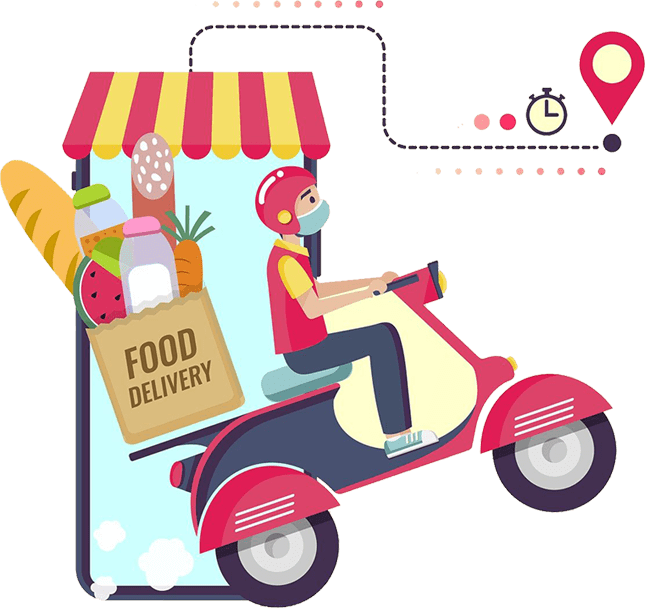Developing a food delivery app in India involves several steps and considerations. Here's an outline of the process:
Market Research and Idea Validation:
Research the existing food delivery apps in India (e.g., Zomato, Swiggy, Uber Eats) to understand the market.
Identify gaps or unique features that your app could offer.
Validate your idea by conducting surveys, focus groups, or seeking feedback from potential users.
Define Features and Functionality:
Create a list of features your app will have (user accounts, restaurant listings, menu browsing, ordering, payment gateways, order tracking, reviews, etc.).
Decide on the platforms you'll target (Android, iOS, or both).
Create a Business Plan:
Determine your revenue model (commission on orders, subscription, delivery fees, advertising, etc.).
Outline your marketing strategy, target audience, and user acquisition plan.
Calculate the budget required for development, marketing, operations, and maintenance.
Choose Technology Stack:
Select the appropriate tech stack for app development (programming languages, frameworks, and tools).
Consider using platforms like React Native or Flutter for cross-platform development to save time and resources.
UI/UX Design:
Create wireframes and prototypes for the app's user interface (UI) and user experience (UX).
Focus on a user-friendly design that is easy to navigate and visually appealing.
Development:
Hire a skilled development team or outsource the development work if needed.
Develop the front-end (client-side) and back-end (server-side) of the app.
Implement features such as user authentication, GPS tracking, payment integration, etc.
Testing:
Conduct thorough testing to identify and fix bugs or issues.
Perform usability testing to ensure a smooth user experience across different devices and platforms.
Launch:
Submit your app to the Google Play Store and/or Apple App Store.
Coordinate a marketing campaign to create buzz around your app's launch.
Gather Feedback and Iterate:
Encourage user feedback and reviews to understand areas for improvement.
Use analytics tools to track user behavior and app performance.
Continuously update and improve your app based on user feedback and market trends.
Maintain and Support:
Regularly update your app to fix bugs, introduce new features, and ensure compatibility with the latest OS versions.
Provide customer support to address user queries and issues promptly.
Remember, developing a successful food delivery app requires a combination of a unique value proposition, excellent user experience, efficient operations, and continuous improvement based on user feedback and market trends.





Comments